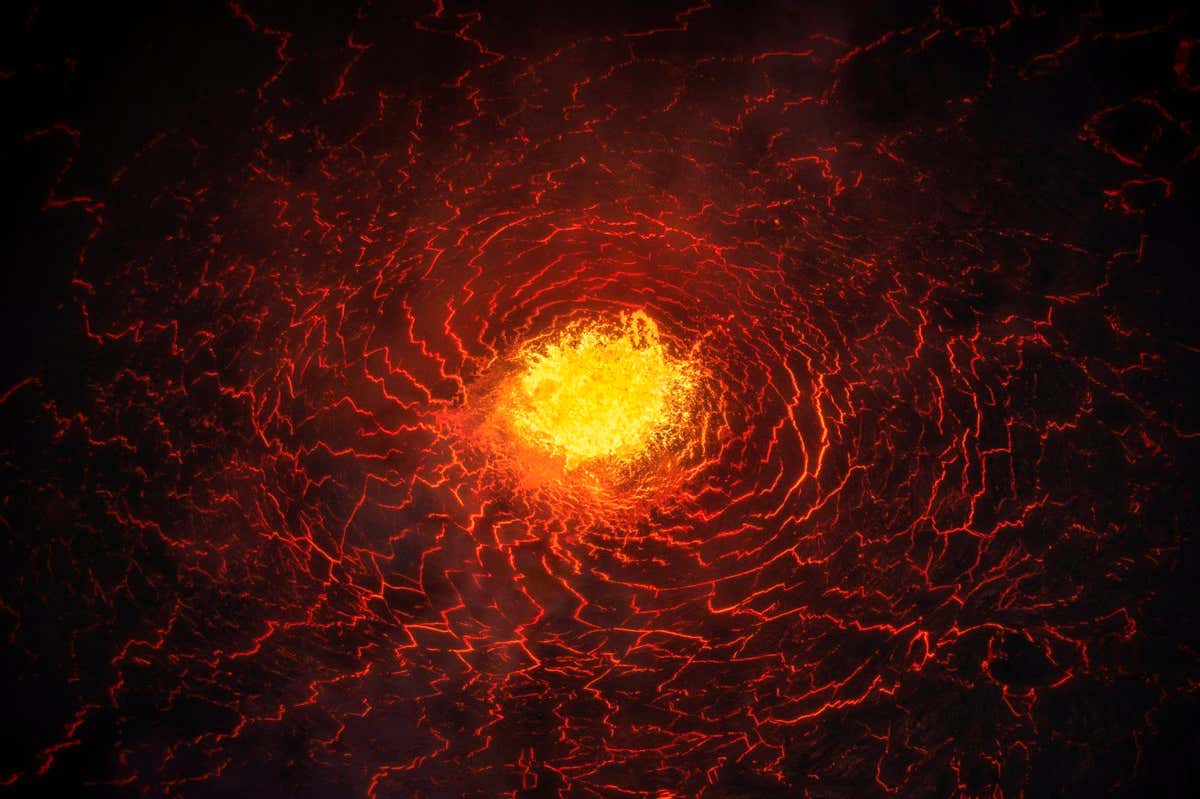
Armand Sarlangue
Twenty years ago, deep beneath Botswana’s Kalahari desert, Thomas Gernon found himself walking in what seemed like hell. The temperature soared as the sound of explosions echoed off the walls. “It was like a baptism of fire,” he says. It was his first trip into a kimberlite diamond mine.
The place teemed with cameras and Gernon, now at the University of Southampton in the UK, had been warned of trouble should any gemstones be found – accidentally or otherwise – on his person. But he wasn’t here to find his fortune. He wanted an answer to one of Earth’s greatest mysteries.
Diamonds are precious to many, but they hold a special place in the hearts of geologists. They were forged long ago in the fiery depths of Earth’s inaccessible mantle, brought to the surface by riding on supersonic jets of magma from bizarre volcanoes called kimberlites.
We don’t know much about precisely how diamonds formed, but we do know they are like time capsules that can teach us the secrets of our planet’s distant past. And perhaps the biggest question of all is why the kimberlites that propelled them to the surface seem to have gone extinct millions of years ago.
Now, almost two decades since that first visit to a diamond mine, Gernon and his fellow kimberlite detectives may finally have an all-encompassing model for how the volcanoes work, and with it a better understanding of their treasures. What’s more, this work has uncovered a tantalising prospect – that kimberlites might not be extinct after all.
Diamonds, contrary…





